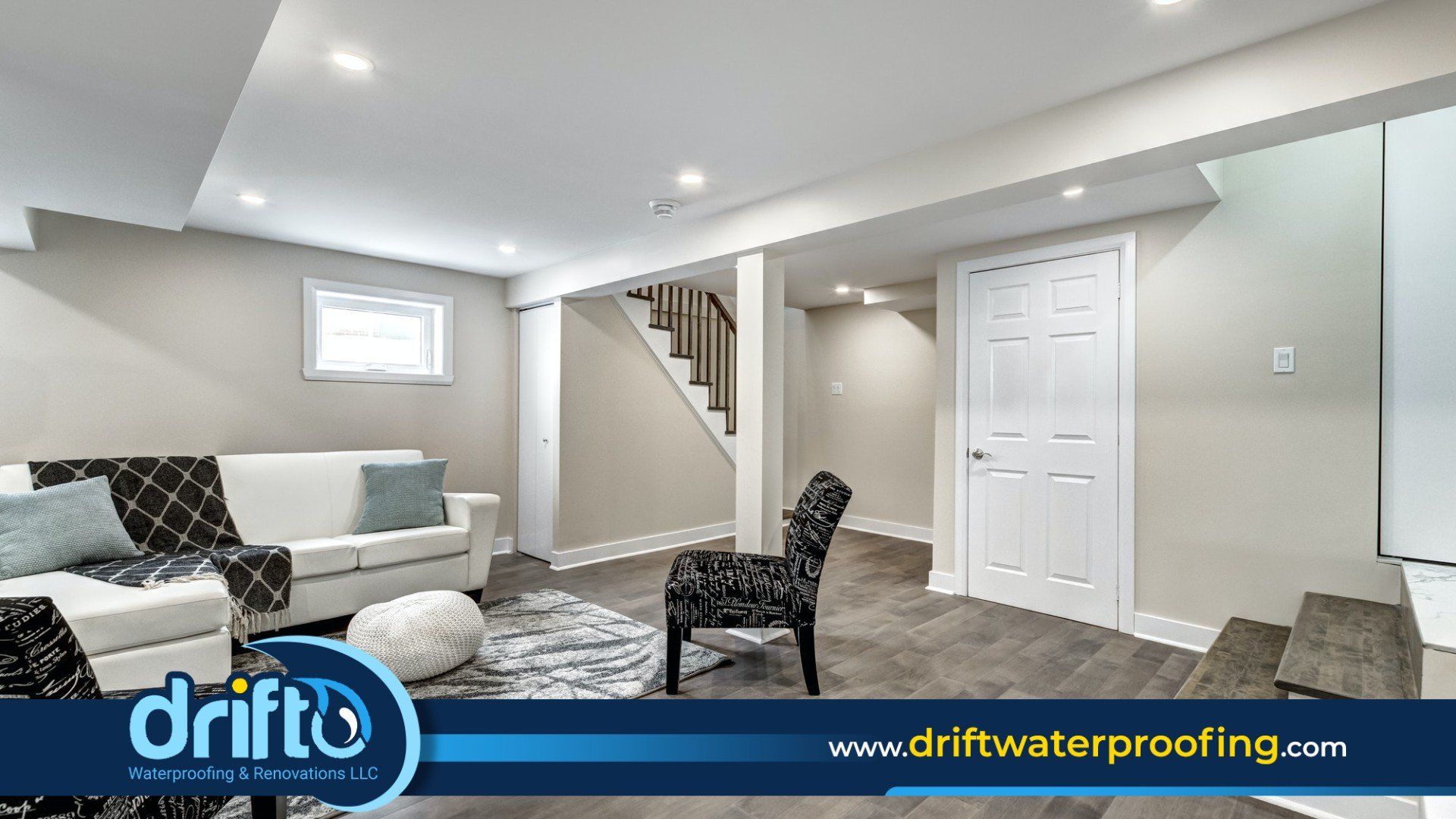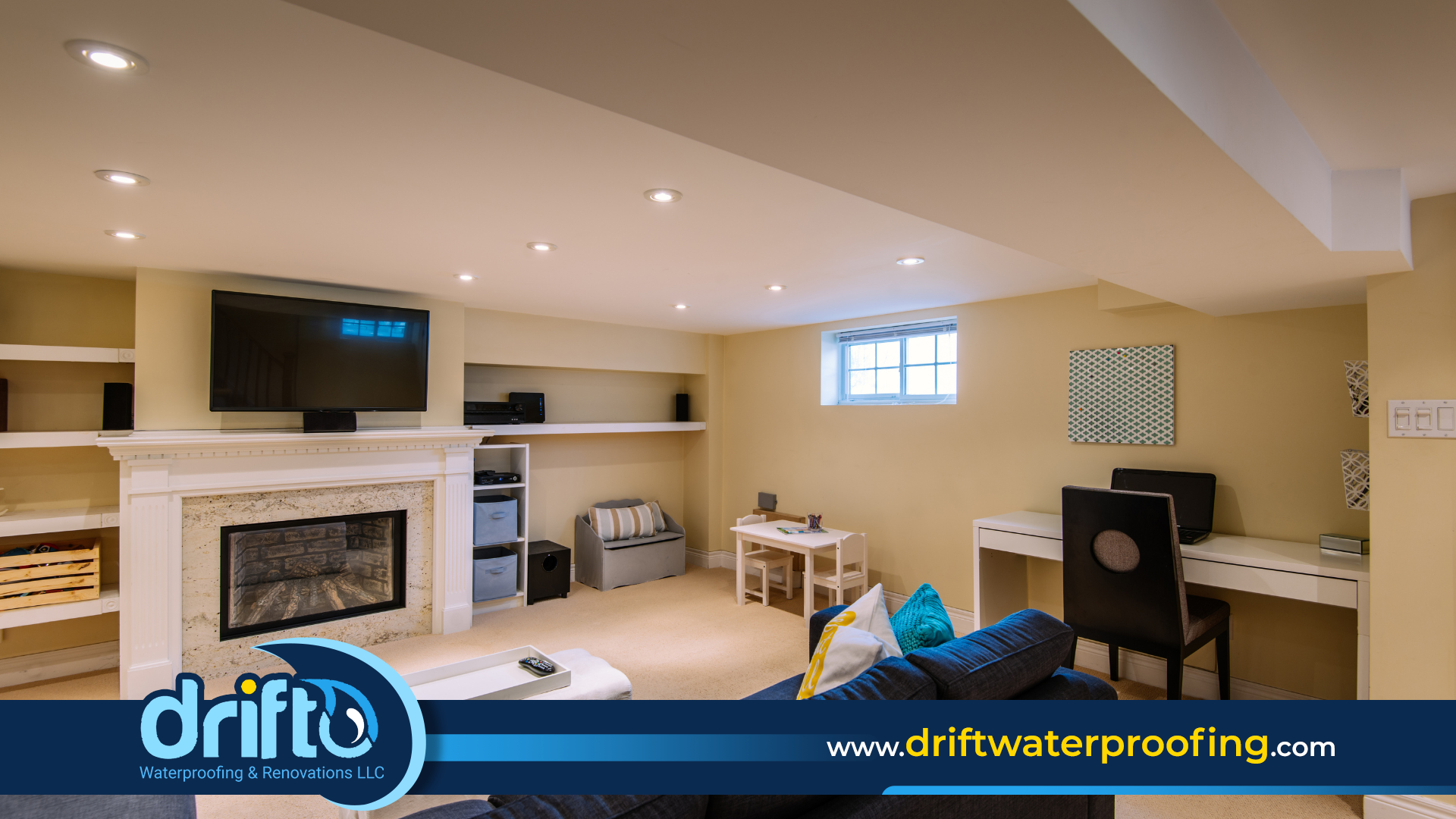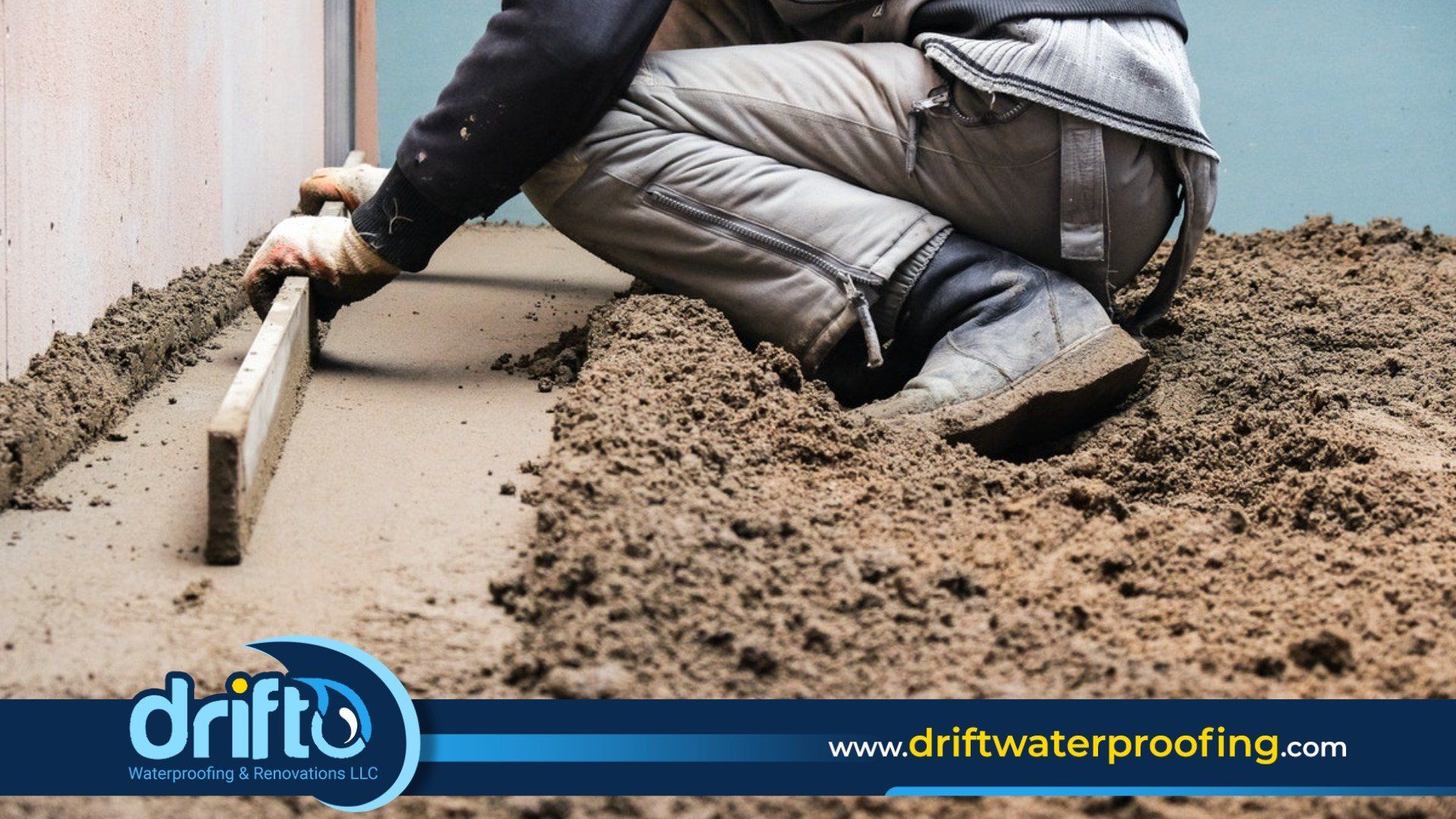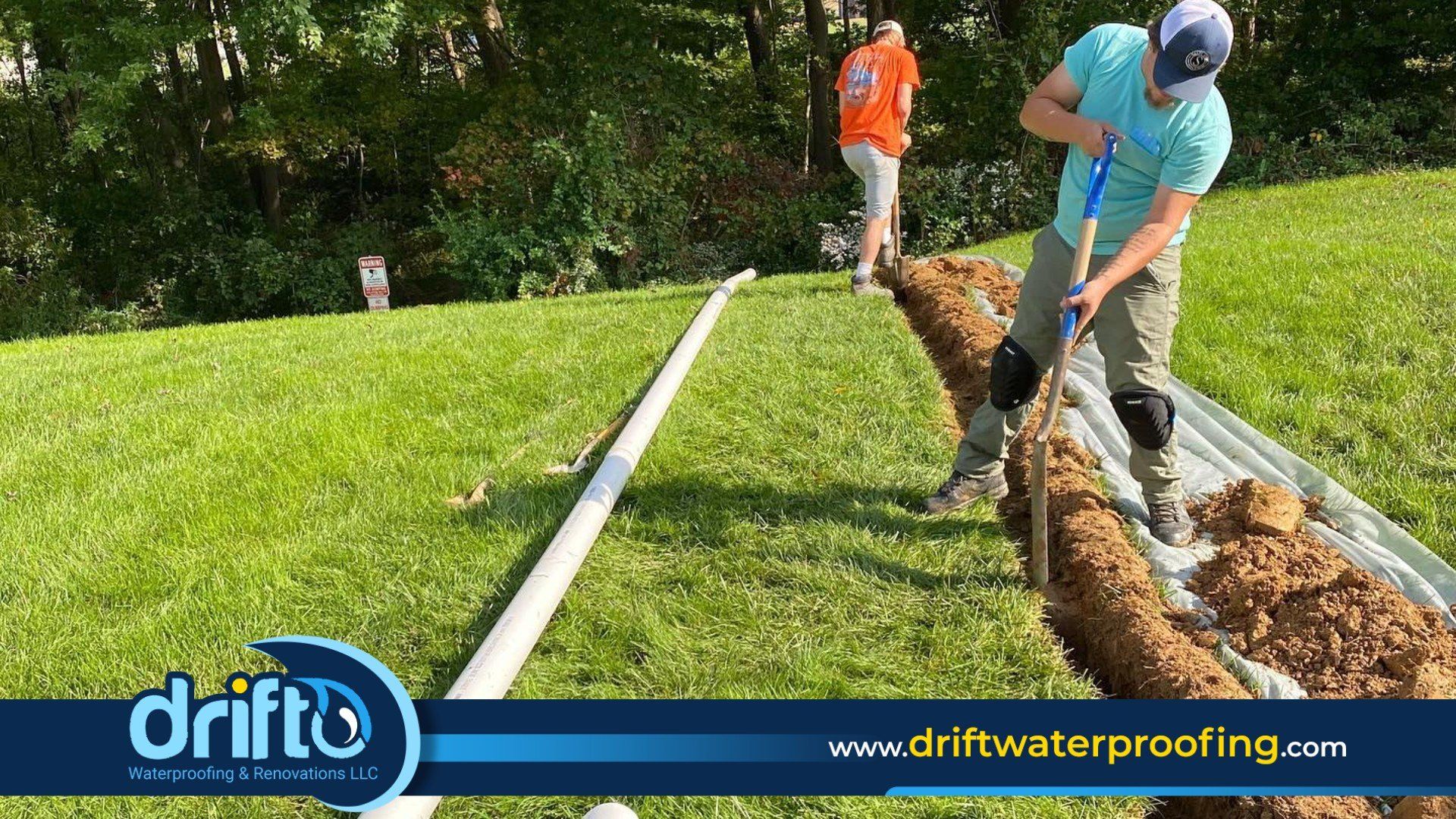Finishing a basement is an exciting project that can dramatically increase your home's livable space. It’s a great way to add more bedrooms, entertainment spaces, or even a home office. But, with any major renovation project, you should keep certain tips and tricks in mind if you want it to be successful. Let’s take a look at some essential tips for finishing your basement.
What are some essential tips for a successful basement finishing project?
Design and Planning
Before beginning any renovation project—especially one as large as finishing a basement—it’s important to have a plan. You should consider the size of the room, what purpose you want it to serve, and how much money you are willing to invest in the project. If done properly, designing and planning ahead of time can save you time and money in the long run.
Insulation
Insulation is key when it comes to making sure your basement is comfortable. You don't want it too hot or too cold down there! Make sure that any walls surrounding the space are adequately insulated before beginning construction on the interior walls. Even if your basement already has some insulation, it might be worth considering adding more for optimal energy efficiency.
Waterproofing and Ventilation
Basements are known for being damp places due to their close proximity to groundwater. To avoid water damage down the road, ensure to waterproof your basement with products like sealants and membranes before installing drywall or other finishes. The same goes for ventilation; ensure adequate airflow throughout the space so that condensation doesn’t collect on windows or other surfaces in the winter months.
How do I waterproof my basement to prevent mold and mildew?
A damp basement is a common problem for many homeowners. Not only can it cause structural damage, but it can also lead to the growth of mold and mildew in the area. Fortunately, there are steps that you can take to waterproof your basement and prevent the spread of mold and mildew.
Seal Any Cracks or Openings
The first step in waterproofing your basement is to identify and seal any cracks or openings that may allow water into the area. This could include cracks in walls or foundations, gaps around windows or doors, or even openings where pipes enter the home. Make sure to use a sealant specifically designed for basement waterproofing; these products will adhere better than regular caulk and should last longer.
Install a Sump Pump
Installing a sump pump is another great way to waterproof your basement and keep mold and mildew at bay. The sump pump will collect any water that infiltrates the area, then pump it out of your home entirely before it can cause damage or lead to mold growth. Depending on how much moisture you typically get in your basement, you may want to opt for an automatic sump pump with an alarm system so that you're alerted if it starts running too often—which could indicate a larger issue.
Check Your Gutters & Downspouts
It's also important to check your gutters and downspouts regularly; clogged gutters can cause rainwater runoff from your roof to accumulate near your home's foundation, leading to water infiltration in the basement area. Cleaning out your gutters every 6 months (or more often if necessary) is one of the best ways to protect against mold and mildew in the basement and help extend the life of your roof by preventing water from pooling up on top of it as well.
How do I insulate my basement to keep it warm in the winter and cool in the summer?
You may be familiar with the idea of insulating your home to keep it warm in the winter and cool in the summer. But did you know that it’s just as important to insulate your basement? Basement insulation can help keep your energy costs low, reduce noise, and improve indoor air quality.
Types of Insulation Used for Basements
When it comes to insulating your basement, there are two main types of insulation that you should consider: fiberglass batts and spray foam insulation. Fiberglass batts are usually made from recycled glass materials and come in various widths, lengths, and R-values (measurement of thermal resistance). On the other hand, spray foam insulation is sprayed directly onto walls or ceilings to form an airtight seal. It has a higher R-value than fiberglass and is more resistant to moisture, making it ideal for basements where humidity is an issue.
Installing Your Insulation
Before installing your insulation, you’ll need to check for any potential water problems, such as leaks or standing water. If these issues are present, they should be addressed before any insulation work is done. Once that is taken care of, you can start the installation process. If using fiberglass batts, ensure they fit snuggly between wall studs without gaps or compression; if using spray foam insulation, make sure it completely covers all cracks or gaps in the walls or ceiling. Lastly, install an effective vapor barrier on the inner surface of the basement walls—this will help prevent dampness from seeping into your living space while providing an extra layer of protection against cold temperatures during winter.
What are some common mistakes people make when finishing their basement?
Finishing your basement can greatly add value to your home, and get some extra living space. However, it’s important to avoid common mistakes that can make the process more difficult and even lead to costly repairs down the line. Here are some of the most common mistakes people make when finishing their basements.
Not Checking for Water Damage
Water damage is one of the most common problems you might encounter in a basement, so it’s important to check for any water signs before starting any work. Look for discoloration on walls, dampness in the corners, or other indicators that could point to an existing water problem. Fixing a water issue before you start your project will save time and money in the long run.
Neglecting Ventilation
Basements are often damp and humid because they don’t have proper ventilation. If you don’t take steps to increase airflow, there’s a good chance that moisture buildup could lead to mold or mildew growth down the line. Installing a dehumidifier or adding vents near your foundation are effective ways to reduce humidity levels in your basement and keep mold at bay.
Failing To Insulate Properly
Insulating your basement is essential if you want to keep energy costs low and create a comfortable atmosphere for yourself and any guests who come over. Make sure you use insulation specifically designed for basements, as this type of insulation is resistant to moisture buildup, which can cause mold growth or other issues. Additionally, be sure to cover all exposed pipes with insulation as well–this will help prevent them from freezing during cold months.
Conclusion
Finishing your basement can be a great way to add value to your home and get some extra living space, but it’s important not to make any major mistakes along the way. Make sure you check for water damage before starting any work, install proper ventilation systems like dehumidifiers or vents near your foundation, and use insulation specifically designed for basements when insulating walls or pipes. These steps will ensure you finish your basement project quickly and with minimal stress!
Contact Drift Waterproofing & Renovations Today!
Drift Waterproofing & Renovations will do everything we can to ensure your experience with us is excellent.
Request A FREE Estimate
Request a Free Estimate Form
Checkout Recent Post
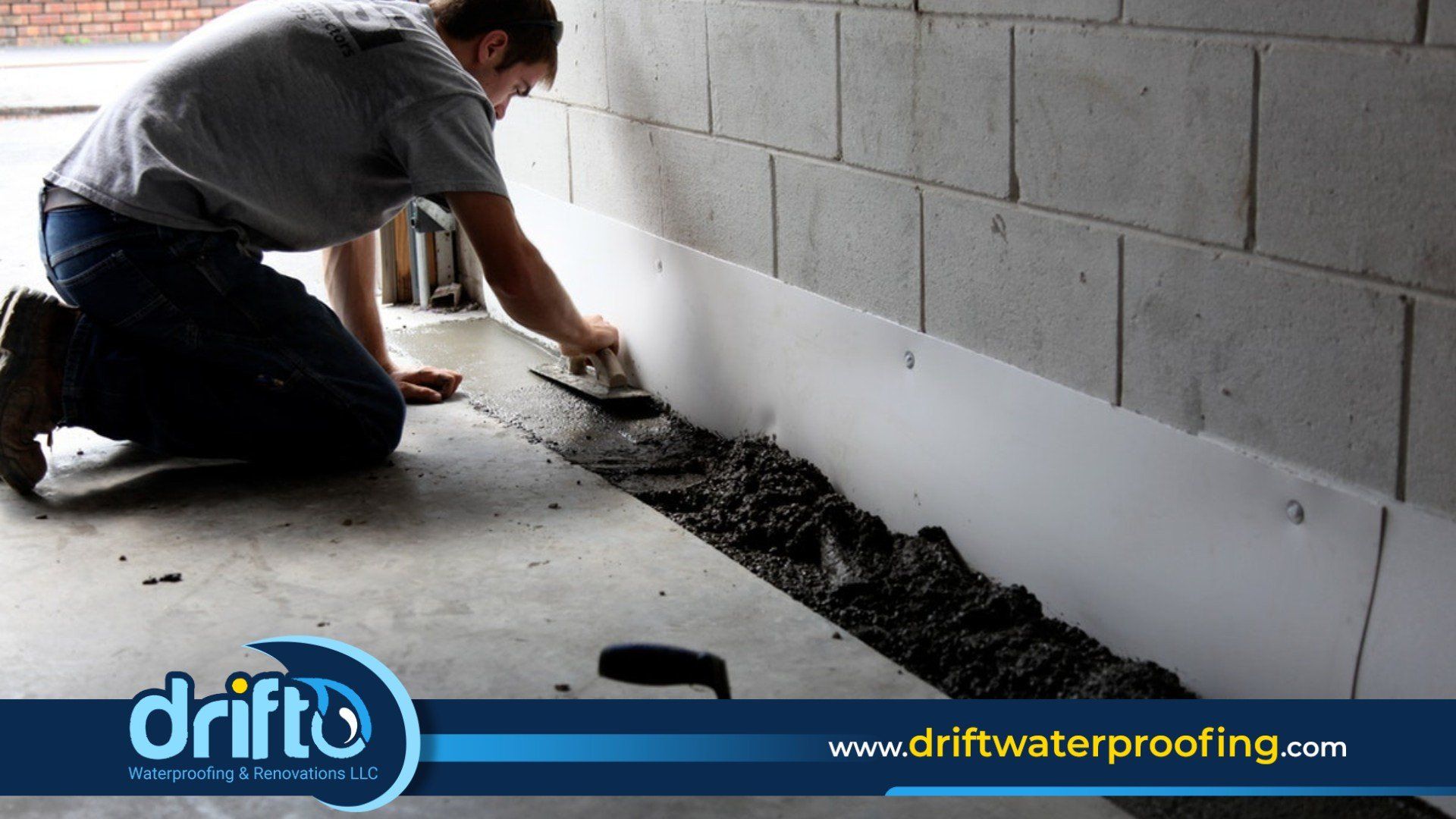
Got a Question? We’re Here to Help.
You can arrange an appointment or make an enquiry by phone or email, orget in touch to us via our contact form.

